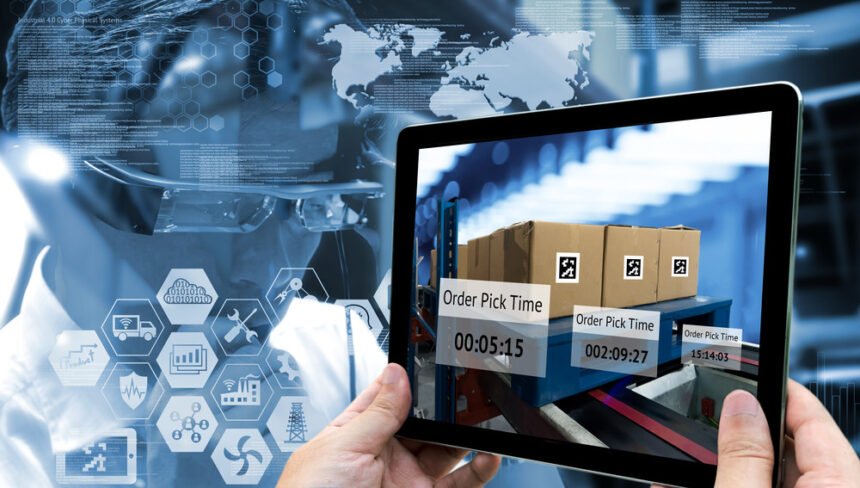Cloud technology is leading to a number of disruptive changes for many companies all over the world. One of the areas where cloud technology has had a large impact is with supply chain management.
There is a great article on Medium about the importance of moving your supply chain to the cloud. There are many reasons that this is important if you want to minimize disruption to your supply chain in 2020.
Benefits of Transitioning to the Cloud to Address Supply Chain Concerns
Are you concerned about a major disruption in the supply chain or potential issues with a shady supplier? It’s a common concern in the business world. Whether it’s caused by poor planning, a natural disaster or something else entirely, a major disruption in the supply chain can spell doom for any business. It’s important to know how to protect your own firm from spend risk, supply chain disruption while enhancing the company’s ability to thrive. Moving your supply chain model to the cloud could be one of the best ways to reduce these concerns.
It’s difficult to mitigate supply chain risk in the best of times. But in the aftermath of the recent global pandemic, protecting the supply chain is more important than ever. Cloud-based supply chain risk management simplifies the process and should be at the top of any vendor’s “best practices” list within their organization. Here’s what you need to know about the uses and benefits of supply chain risk management.
Identify critical exposures along your supply chain
Some supply chain disruptions can be caused by natural disasters, poor business practices or even cyber-ransom.attack. Both internal and external factors play a role in supply chain disruptions. Identifying critical issues along your own supply chain is one of the most important aspects of risk management.
This is one the ways that technology can help resolve supply chain risks. We recently published an article on the benefits of using AI to improve the security of supply chains. You can use more comprehensive AI security if you have a cloud-based supply chain model already in place.
Part of supply chain risk management involves an assessment of income streams, business processes and expenses that could create potential risks. This involves considerable time along with prevention, preparation, response and recovery plans to address risks and disruptions. The last thing you want is to discover a company went bankrupt two months after you entered into a contract with them! Using risk management software helps identify key problem areas that can help you fix problems before they happen.
Assess suppliers based on aggregated data
Finding a reputable supplier is a challenge in the best of circumstances. With management software, you can get access to a supplier risk score compiled from both the software’s data and 3rd party data. Aggregating the data streamlines the entire process of supplier selection, allowing you to assess vendors and their associated risks rapidly while performing your normal job duties. At the same time, the software enables easy access to contracts, spend transactions and sourcing to create an overall simple interface for choosing the least risky suppliers and lower the chance for a supply chain disruption.
Mitigate spend risk in real time
Another advantage of cloud technology is real-time risk mitigation. This is a crucial benefit as issues can arise with a moment’s notice.
Risk isn’t always apparent at a glance. While there are strategic, tactical and operational ways to mitigate supplier risk, it helps to have all the data available at a glance. Then, you can make decisions and reduce risk without much difficulty by using the tools available in the software, which can include up-to-date information about where money is going and why. Spend risk is visible in real time and you can chart where spending is inappropriate or too high, in addition to maintaining positive relationships with vendors and suppliers. You can view your spend broken down by a supplier’s risk rating and then use the information to select a significantly lower risk supplier for the future.
Use supply chain risk management to address issues in a timely manner
One of the clearest advantages of using a supply chain risk management system is instant insight and risk ratings to help you address issues as they arise. The system compiles data based on supplier history and 3rd party information about the supplier. Then it assigns risk ratings to suppliers that can be analyzed to help risk managers make good decisions. Risk ratings are an easy way to evaluate a supplier based on their history and when the system spots an issue, it will make suggestions for addressing a risk in a timely manner. Ultimately, these systems offer a level of risk ratings and up-to-date information you won’t find outside of a risk management software system. Fixing issues right away leads to better monitoring and less interruptions to your business’ operations.
Cloud Technology Resolves Supply Chain Concerns
You need a simple solution to the complex problem of supply chain and vendor risk management for your organization. Cloud technology could be essential for addressing these issues. While exploring your options, it’s wise to consider something with the dynamic, real-time ability to assess risk while allowing you to do what you need for your business. You should transition your supply chain model to the cloud to address them.
Risk Aware from Coupa has all of these features and more. Coupa’s software builds in risk reduction features and simplifies the potential nightmares involved in supply chain and vendor risk management. Incorporating multi-dimensional dynamic risk scoring with spend visibility and numerous other useful fatures, Coupa Risk Aware is ideal for handling your vendor risk management needs.

